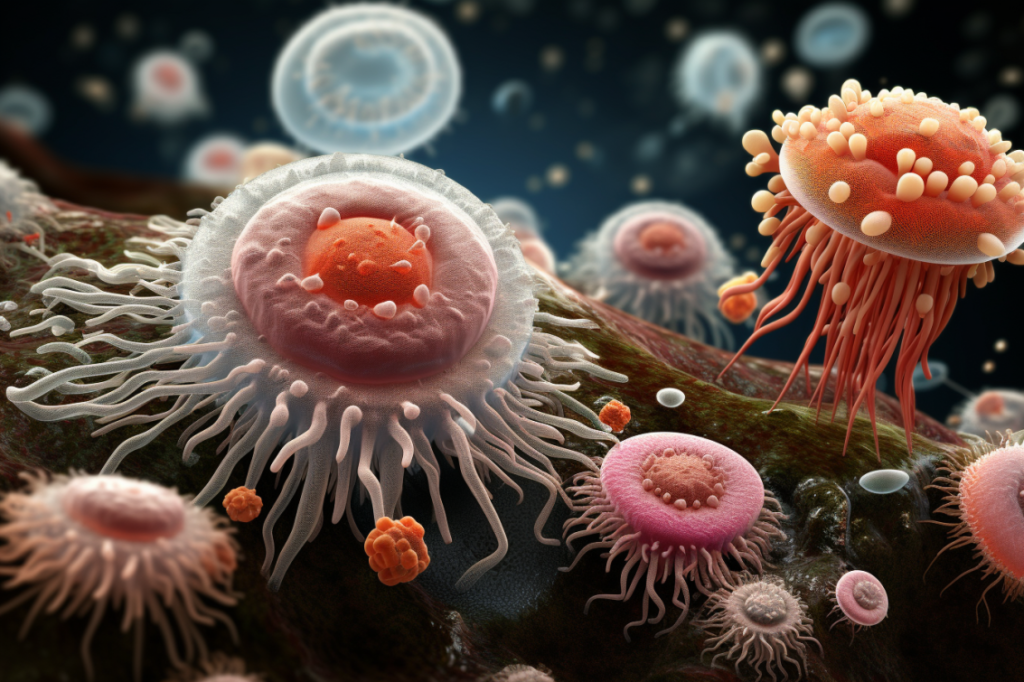Garbage Panspermia
Imagine that a few billion years ago, a ship of extraterrestrial origin stopped in our galaxy to explore. While in our galaxy, the ship needed some minor external maintenance. Bob the Extraterrestrial Technician was sent out into space to do the maintenance. Sadly, there was an explosion and Bob the ET Tech was blown to bits. His bits were scattered in a variety of directions, at velocity, to land where they might.
Like many complex biological beings, Bob had a wide variety of flora and fauna appended to his being: Bacteria of various types, viruses, a couple of different parasites and several different fungi. Over the course of the next few hundreds of millions of years, Bob’s bits went on their way in various directions. Occasionally, an asteroid, comet, space pebble or even space dust would come in contact with Bob’s bits and carry them even farther afield. Eventually, bits of Bob ended up on many of the planetary bodies in our solar system.

Those bits contained the DNA of Bob. It also carried the DNA of Bob’s bacteria, viruses, fungi and the rest. These introduced bits of DNA could have served as the basis of life or a modifier of life here on earth. Call it accidental panspermia.
So often when we discuss the notion of panspermia, we drift off into what I consider the high end of panspermia theories – directed panspermia. This is the idea that a non-human intelligence executed a planned seeding of our (and possibly other) solar systems with their choice of DNA. It’s an ego pleasing thought to believe that humanity was genetically designed by a presumably more intelligent species to be what we are today.
But, to my mind, there’s two problems with directed panspermia. First: Who are we kidding? A far advanced species put together a vast program to seed the universe with DNA and what they came up with was human DNA? We are a deeply flawed people highly given to warring amongst ourselves. Was this panspermia effort their kid’s fifth grade science project? ET would have done better than
our human DNA.
Second, I imagine that directed panspermia would be a complex, massive project potentially consuming vast resources. It would have an indeterminate payback, an indeterminate time to payback and all sorts of possible negative outcomes, like breeding your own conqueror. Does the potential outcome of the project merit the investment? I doubt it. Alternately, accidental panspermia is so mundane that it seems possible that could have happened hundreds of times over the past few billion years. Which seems more probable?

Further, accidental panspermia can be achieved in many ways. Throw out the garbage from the ET ship: Garbage panspermia. Dump the medical waste: Medical panspermia. Empty the toilet tank: Toilet panspermia. All of these sources potentially contain DNA.
Take a moment to realize that there are many paths to panspermia. Many of the more likely paths are considerably less glamorous than directed panspermia. Instead, consider that dear old Bob the ET Technician, and his flora, may have been the source of some of our DNA… by way of accidental panspermia.